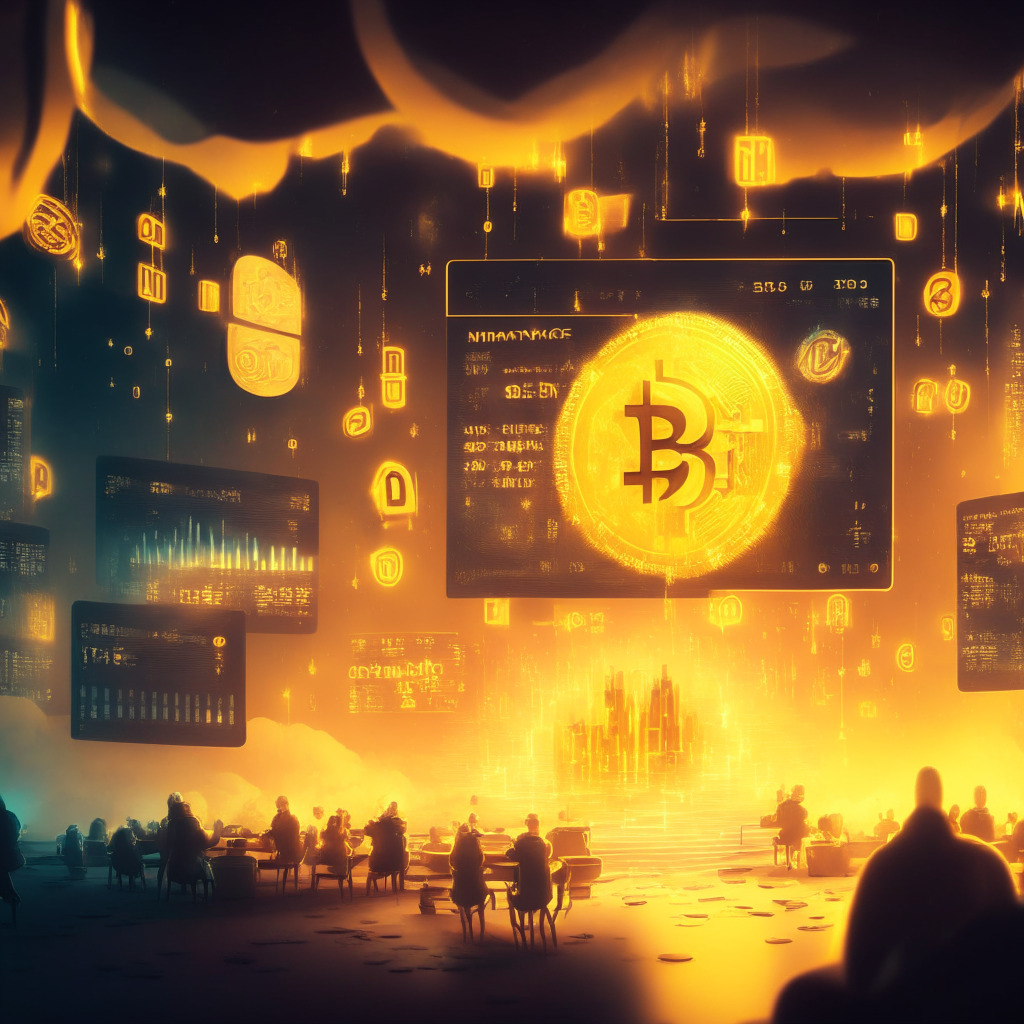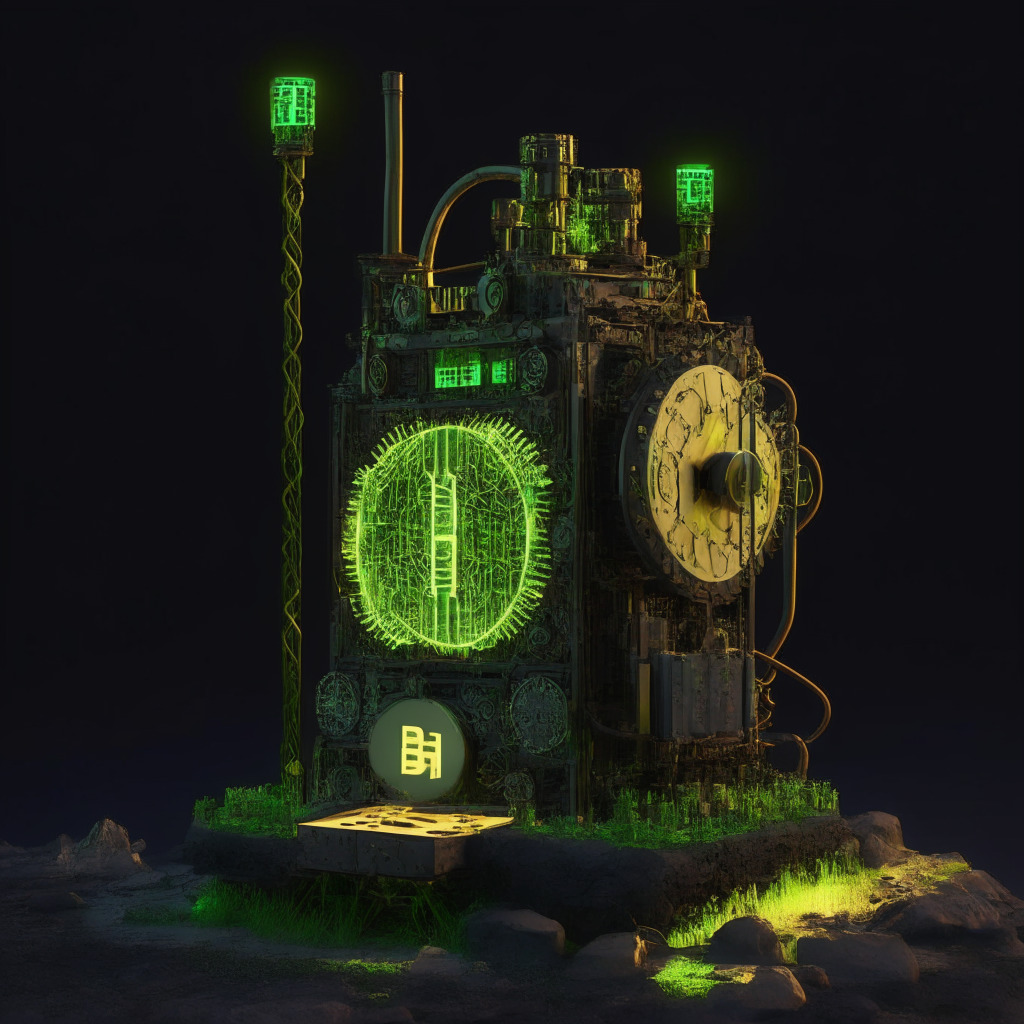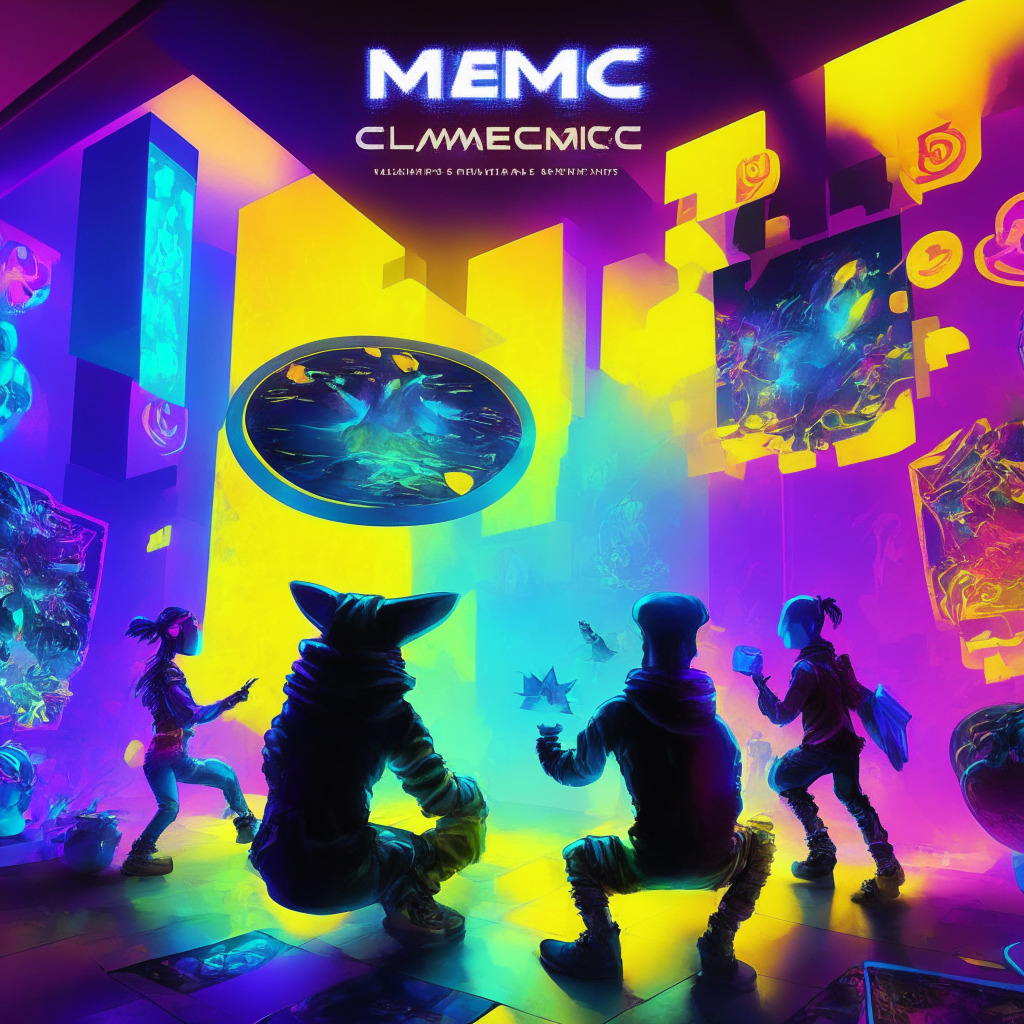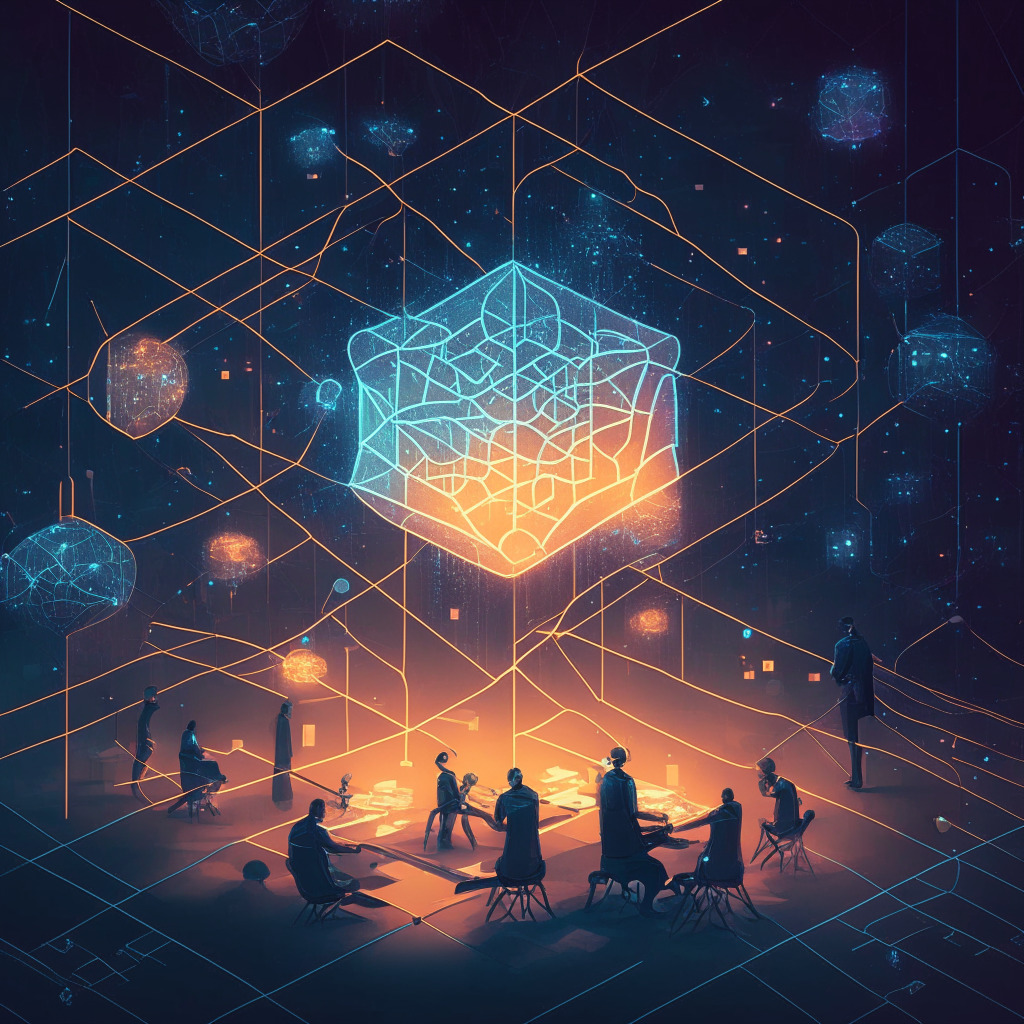Binance, the leading cryptocurrency exchange by trading volume, has recently announced its plans to support Ordinals inscriptions on its NFT marketplace. This move signifies the platform’s entry into the Bitcoin-based market, which has gained considerable attention in recent times.
The introduction of Ordinals inscriptions is scheduled for later this month, with the update expected to roll out within the next few weeks. This will enable users to purchase and trade these inscriptions using their Binance accounts. In March, Binance’s NFT marketplace expanded its supported networks by adding select NFT collections from Polygon. With the inclusion of Ordinals inscriptions alongside Ethereum and BNB Chain NFTs, Mayur Kamat, Binance’s Head of Product, acknowledges Bitcoin—the largest crypto token by market cap—as a remarkable addition. “Bitcoin is the OG of crypto,” he said, adding that, “We believe things are just getting started here and can’t wait to see what the future holds in this space.”
Several Ordinals inscriptions marketplaces have emerged in response to the initial surge of popularity, including platforms like Ordswap, Ordinals Market, and Ordinals Wallet. Furthermore, Magic Eden, the most prominent Solana NFT marketplace, became the first major venue to enter the Ordinals domain, launching its own inscriptions marketplace in March.
Binance’s recent announcement arrives hot on the heels of the exchange’s temporary suspension of Bitcoin withdrawals. The company cited network congestion as the cause of the downtime, despite competitors remaining fully operational during that period. At the time, Bitcoin transaction fees were astronomical, and the network’s mempool—where transactions queue for verification—was severely congested. The general opinion among Crypto Twitter users pointed to BRC-20 tokens as the probable cause of the strain on the network. These tokens, which are built and traded using Ordinals, rely on text-based inscriptions instead of image-based ones.
Although BRC-20 tokens have recently overshadowed image-based inscriptions, it remains uncertain whether Binance plans to allow users to trade these tokens in the near future. Nevertheless, the growing interest surrounding BRC-20 tokens and Ordinals inscriptions indicates a noteworthy development in the cryptocurrency world.
On the other hand, Ordi, the first BRC-20 token launched in March, was recently listed on cryptocurrency exchanges Crypto.com and Gate.io, signaling even more enthusiasm for these types of tokens. While Binance remains confident in the potential of Ordinals and the market’s future, the platform’s response to the demand for BRC-20 tokens trading remains up in the air.
Source: Decrypt




